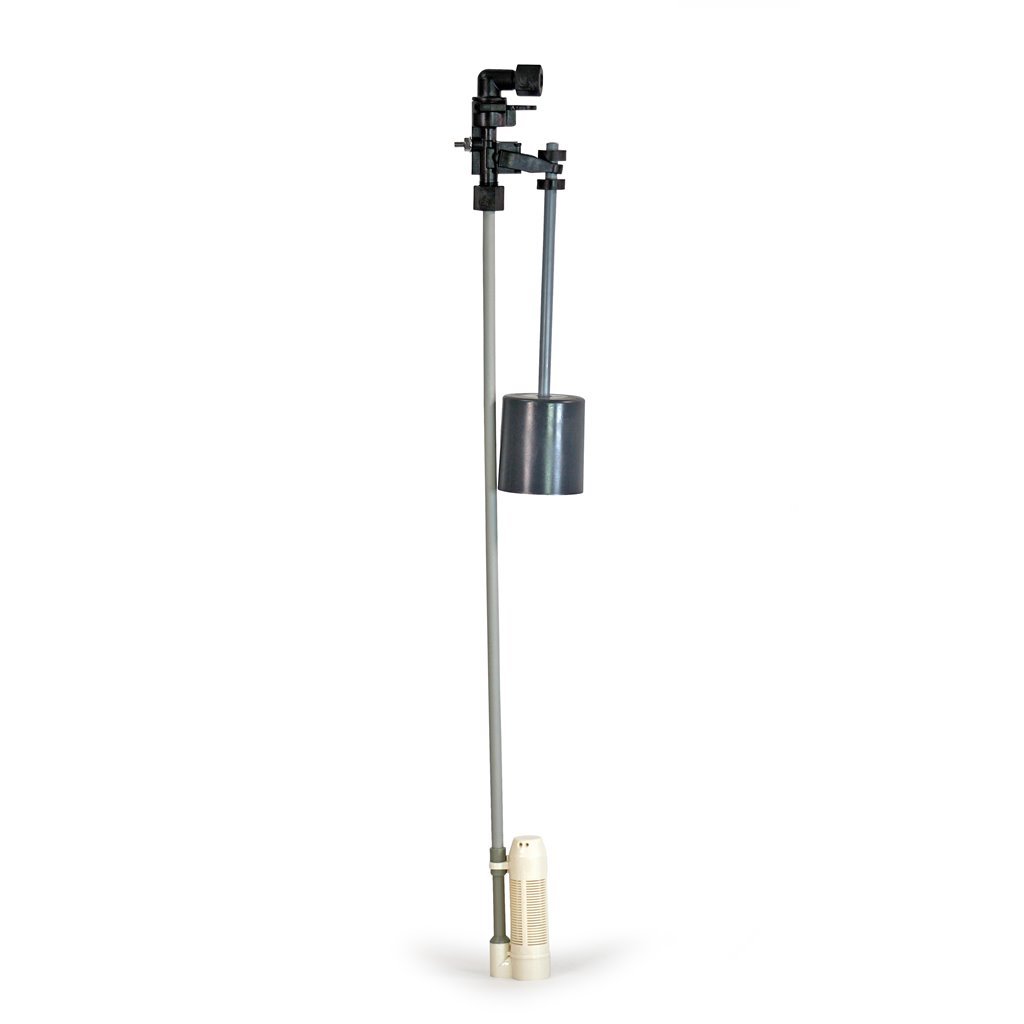dstutz
New Member
I'm double-checking some stuff as well as answering a few questions from a family member and was reading through a whole bunch of softener posts and started seeing recommendations for injector sizes. I think I might have the wrong one in mine. There's a sticker that says #1. I have a 1.5 cu/ft system with a 10"x54" resin tank. According the manual the injector is 2 sizes too big and I should have a #00 violet? I pulled the plate off the side and it is indeed white.

18272-00 .....................Injector Assy, 1610, #00, VIOLET (9" & 10" Tank)
18272-1 .......................Injector Assy, 1610, #1, WHITE (14" & 16" Tank)
18272-00 .....................Injector Assy, 1610, #00, VIOLET (9" & 10" Tank)
18272-1 .......................Injector Assy, 1610, #1, WHITE (14" & 16" Tank)

